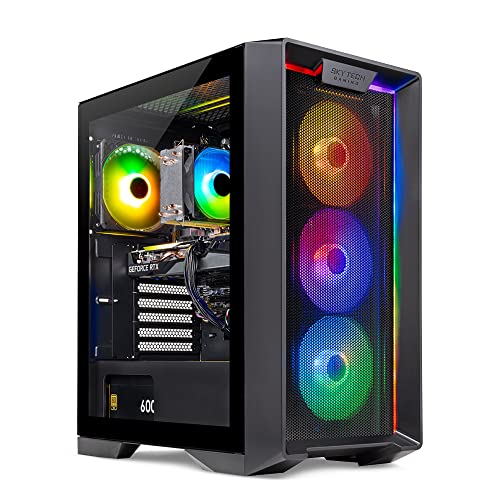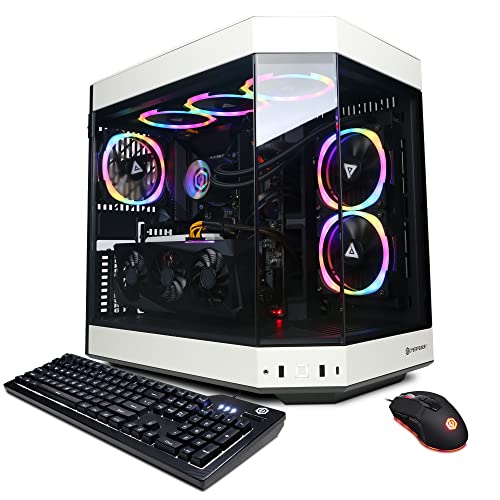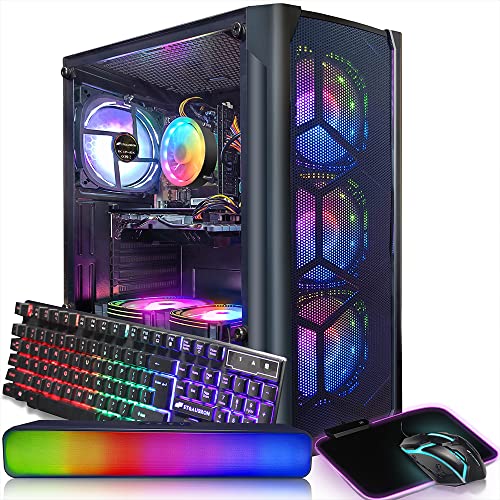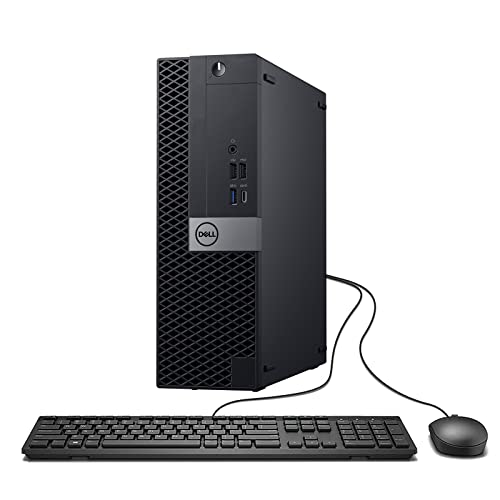**Introduction**
As PCs continue to push the envelope of performance, keeping temperatures under control remains a top priority. Thermoelectric cooling—leveraging the Peltier effect—is emerging as a promising alternative to traditional air and liquid cooling systems. By directly converting electrical energy into a temperature gradient, thermoelectric modules can rapidly absorb heat from critical components. This article explores how thermoelectric cooling is advancing, its benefits for extreme overclockers and high‑performance PCs, and its potential to redefine thermal management.
**Technological Innovations**
- **Peltier Module Advancements:**
Modern thermoelectric coolers (TECs) use improved semiconductor materials that enhance the Peltier effect, resulting in greater heat pumping capacity while maintaining energy efficiency.
- **Hybrid Cooling Integration:**
New systems combine TECs with conventional air or liquid cooling to create a hybrid setup that can quickly lower temperatures during peak loads while relying on passive cooling for steady-state operation.
- **Dynamic Thermal Control:**
Integrated sensors and AI‑based controllers adjust operating parameters in real time, ensuring that the thermoelectric modules operate at optimal efficiency under changing workloads.
- **Advanced Insulation and Condensation Prevention:**
Innovative enclosure designs and coatings reduce the risk of condensation, a common challenge with cryogenic and thermoelectric cooling, thereby safeguarding sensitive hardware.
**Applications and Benefits**
- **Extreme Overclocking Support:**
Thermoelectric cooling enables enthusiasts to push their CPUs and GPUs far beyond stock frequencies by maintaining stable, ultra‑low temperatures.
- **Enhanced System Stability:**
By reducing thermal throttling and heat-induced wear, TECs help extend the life of critical components.
- **Energy Efficiency for Short Bursts:**
When used in hybrid systems, thermoelectric modules provide rapid cooling for short durations—ideal for gaming or benchmarking sessions—without the constant power draw of LN2 or similar methods.
- **Quiet Operation:**
Integration with smart control reduces the need for high‑speed fans, resulting in a quieter PC environment.
**Future Directions**
Future developments may see enhanced integration of AI‑driven predictive controls with thermoelectric cooling, automated adjustment based on workload patterns, and new materials that further increase the efficiency of TECs. Continued miniaturization of components and improved insulation techniques could extend the safe operating window, making thermoelectric cooling a viable enterprise solution for mainstream overclockers.
**Keywords:** thermoelectric cooling, Peltier modules, TEC, hybrid cooling, extreme overclocking, dynamic thermal management, energy‑efficient cooling, PC temperature management
Revolutionary Thermoelectric Cooling
The Future of PC Temperature Management
Related Articles
Essential High-Performance PC Components You Need Now
Upgrade your setup with the must-have parts for unbeatable gaming and productivity
Top Picks for Best High-Performance PCs
Find the perfect power machine for gaming, work, or creative projects
Your Guide to the Best High-Performance PCs
Find the Right PC for Your Gaming and Creative Needs
View our related products
See more






